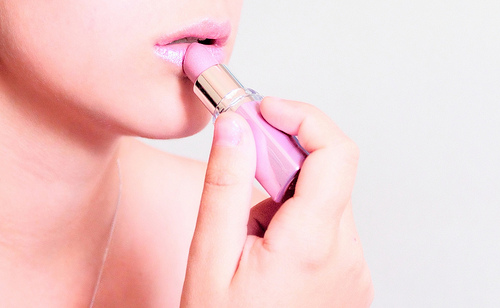
Lipstick
Lipsticks are generally made of moisturizing oils, waxes, emollients and a mixture of pigments that give them their color. The waxes provide structure to the lipsticks and make them solid. The oils (olive oil, lanolin oil, cocoa butter, petrolatum, etc. nourish the lips and make the lipstick shiny, so the more oils a lipstick contains, the shinier it is. Even though mineral oils are generally added to lipsticks to improve lip moisture, lipsticks are still associated with a few health risks. First of all, there is a risk of local toxicity from the lipstick dyes (red, pink, etc.) They are also likely to trigger allergic reactions (pimples on lips, lips swelling) in susceptible individuals. Additionally, a study made in 2007 by the US consumer group "Campaign For Safe Cosmetics" showed that 60% of lipsticks sold on the market contained traces of lead, especially red lipstick; and lead poisoning is a very well known medical emergency.
- Important notification about information and brand names used in this slideshow!
- Photo courtesy of _Frankenstein_ by Flickr : www.flickr.com/photos/_frankenstein_/6089170158/
- www.oprah.com/health/Dangerous-Beauty-Products/1
- http://www.davidsuzuki.org/issues/health/science/toxics/dirty-dozen-cosmetic-chemicals/
- http://www.slideshare.net/ApparentLifestyle/beauty-7-things-to-consider-before-using-cosmetic-products
- http://www.webmd.com/beauty/makeup/ss/slideshow-truth-about-beauty-product-dangers

Hair dye
Hair dyes had been long linked with an increased risk of cancer in experimental animal studies, but not in humans. Such occurrence could be justified by the fact that hair-dyes were previously made using coal-tar (and its derivatives), a by-product of coal carbonization. Today, the American CIR (Cosmetic Ingredients Review) has proven that all carcinogenic ingredients were removed from hair dyes many years ago. But even though the risk of cancer seems to have been eliminated with the use of hair dyes, it doesn't necessarily mean that they are not toxic anymore. In fact, prolonged and continuous use of hair dyes could drastically affect the quality of the hair and scalp respectively. With continuous processing, the hair tends to become dry and friable, less able to resist damage.
- Important notification about information and brand names used in this slideshow!
- Photo courtesy of Timothy Tolle by Flickr : www.flickr.com/photos/angstdei/1399304979/
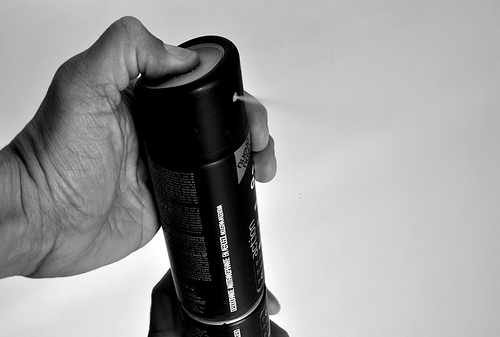
Deodorant
Even though sweating is a normal body process, we have grown into the habit of trying to eliminate it because of the discomfort it causes. The truth is, using deodorants might just cause as much as harm as good. Deodorants are intended to block the release of sweat onto the skin. In other words, sweat is produced by the sudoriparous but cannot be excreted through the pores. Henceforth, as it is blocked inside within the skin layers, causing accumulation of toxins which, according to the popular belief are capable of causing cancer, especially breast cancer. However, the American Breast Cancer Association has denied such claims, stating that there were much more important risk factors in the development of breast cancer.
- Important notification about information and brand names used in this slideshow!
- Photo courtesy of Victor by Flickr : www.flickr.com/photos/v1ctor/7616676392/
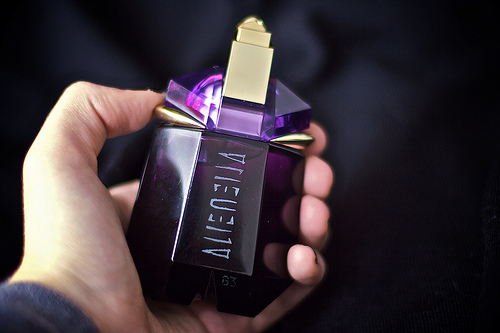
Perfumes
Do you know why some perfumes last longer than others? Because of their content in "phthalates". Phthalates are chemicals, esters of phthalic acid that have been identified as capable of causing endocrine disruption, neurological problems and developmental delay in both males and women. Following an evaluation of 379 men from an infertility clinic, it was discovered that they suffered from sperm damage due to continuous exposure to phthalate. However, the European Union's Scientific Committee on Consumer Products (the EU's equivalent of CIR) has clarified that it is not phthalate, but rather Dibutyl Phthalate (DBP) that has the propensity of causing the observed damages. Furthermore, all the synthetic musks used in cosmetics today are thought to be dosed with the appropriate amount of phthalate, to prevent potential toxicity. So what is the harm in trying to smell just a little fresh? None, unless this is thought to pose a health risk.
- Important notification about information and brand names used in this slideshow!
- Photo courtesy of Maria Morri by Flickr : www.flickr.com/photos/idhren/4245573939/
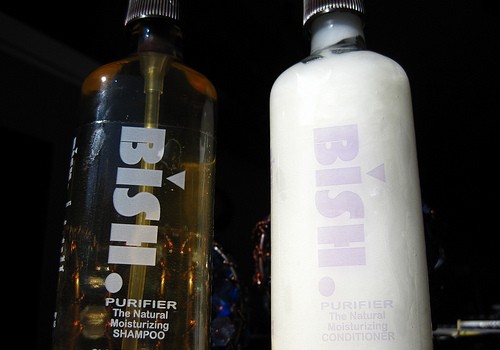
Shampoos
Certainly, they help us to keep our hair clean, neat and dandruff-free; but even with that shampoos are still under a certain level of public scrutiny. They are potential irritant for the skin and the eyes, and this is due to their high concentration in sulphates. Additionally, there was a lot of buzz around the ability of certain shampoos to stimulate breast growth in young men. You might be wondering how that could be possible. The answer is, this only (or generally) happens with shampoos containing tea tree oil and lavender oils. Those two essential oils are thought to have estrogenic properties, but then again such effect can only occur with excessive usage of the shampoo(s) of interest.
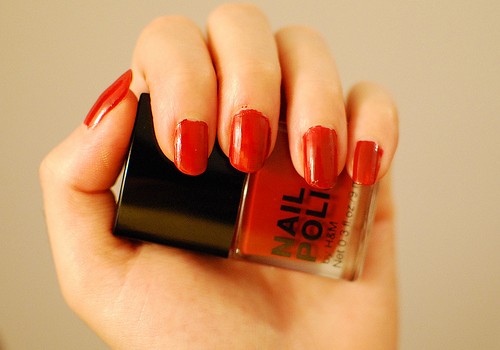
Nail Polish
Yes, nail polish is awesome because you change your nail colors with your mood or even with the season. However, the chemicals in it are not so awesome. The most concerning ingredients in nail polish preparations are formaldehyde (the chemical that makes nail harden), toluene (smoothing properties) and Dibutyl Phthalate - DBP (same as in lipsticks, responsible for the shine). While DBP was linked with possible infertility, toluene and formaldehyde were thought to increase one's risk of respiratory problems following chronic exposure. Because of these health risks, several beauty companies have developed nail polish preparations that were free of those three key ingredients, even though researches reinstate that side-effects only develop after long term exposure to large quantities of toxic products.
- Important notification about information and brand names used in this slideshow!
- Photo courtesy of Pixi by Flickr : www.flickr.com/photos/windprincess/6132488636/
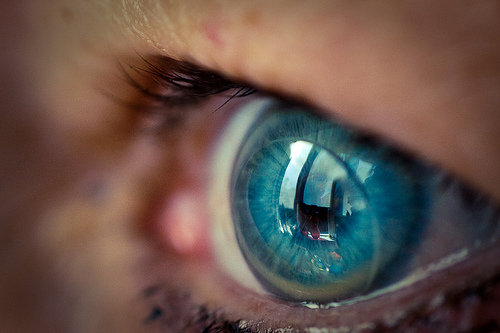
Colored Lenses
For all those who have vision problems, contact lenses have become a very useful and practical alternative. Is is tremendously helpful for people who suffer from nearsightedness, farsightedness, myopia, presbyopia, astigmatism, you name it. And because it takes off the burden of having to carry your reading glasses with you 24/7, it is very convenient and it "cures" in style. However, chronic use of contact lenses (including the colored ones used in fashion) comes with problems, and consumers need to weigh the benefits over the risks. Among the most common complications, we have corneal irritation that can lead to corneal infections and ultimately, corneal scarring and splitting. Vision impairment and potential blindness are also part of the problems that can arise. Undoubtedly, these health complications of decorative lenses use are more common with over the counter contact lenses, which justifies why you are better of getting a prescription for your contact lenses. However though, even with prescribed contact lenses, hygienic measures need to be taken (such as removing them before bedtime, daily cleaning of the protective liquid, etc.) to avoid potential life-threatening infections.
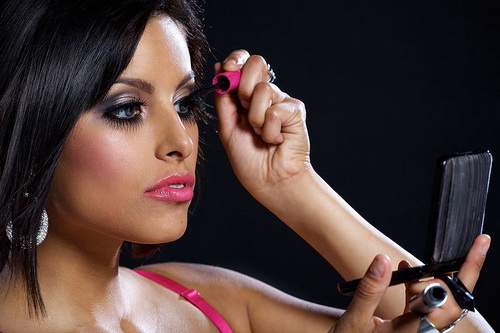
Mascara
Mascaras also join the list of beauty products that are considered potentially harmful. No, it does not cause cancer, very far from that. However, improper use of mascaras has been associated with local irritation and infection that could eventually progress into painful corneal ulcers. On average, mascaras are designed to last for a maximum of 3 months. The reason is because they have enough protective chemicals to keep them moist and hydrated. But when they are kept longer than that, they dry out, become difficult to apply and are more likely to cause skin lesions. Additionally, waterproof mascaras (that tend to stay on longer than the average mascara) could potentially block the pores and cause trapping of bacteria. And this is even much worse if you keep it overnight. Fortunately, the harm caused by the use of mascaras can easily be avoided by taking hygienic measures. Make sure you conserve your mascara for no longer than 3 months, and ensure that you remove it before heading to bed.
- Important notification about information and brand names used in this slideshow!
- Photo courtesy of Mark J Sebastian by Wikimedia Commons : commons.wikimedia.org/wiki/File:Woman_applying_make-up.jpg

False Eyelashes
False eyelashes are nothing new, as for years beauty queens, models and celebrities have been using these mini-wonders to enhance their natural beauty. But despite all those aesthetic benefits, false eyelashes can really cause some serious health problems. Because of the fact that they are applied with an adhesive glue, false eyelashes can block the pores under the real eyelashes and cause trapping of bacteria, oil and dirt. This could create local irritation and infection. Additionally, some people might develop an allergic reaction to the synthetic lashes or the glue that is used for their application, and this could potentially cause damage of the real eyelashes. Instead of using false eyelashes, a great alternative to give more volume and definition to your lashes is to simply curl them with a hand curler after applying mascara. At least, mascara can be washed off after use, which limits its side-effects.
- Important notification about information and brand names used in this slideshow!
- Photo courtesy of alentin Pedrosa Rivas by Flickr : www.flickr.com/photos/vpedrosarivas/3733277706/
- http://saludify.com/health-risks-fake-eyelashes-extensions/ http://www.myfoxny.com/story/22199680/health-risks-of-wearing-false-eyelashes
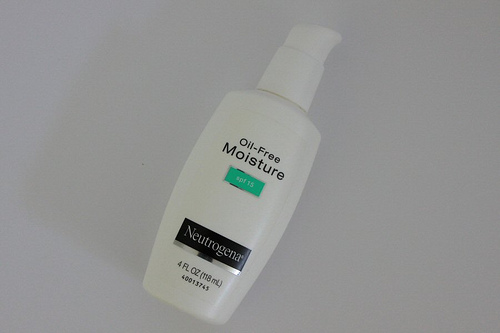
Moisturizers
Moisturizing creams are very "handy" when it comes to keeping your hands from getting dry during the day. However, they too seem to be associated with some health risks, especially in women with a history of breast cancer. According to a report from the "Journal of Clinical Oncology" in 2009, parabens-based moisturizing creams could potentially increase one's risk of developing breast cancer. This is due to the fact that parabens tend to exhibit an estrogen-like activity, stimulating the growth of estrogen-responsive cells, among which the cells of the breast tissue. However, we do not know how much estrogen is absorbed through the skin when the creams are applied, which makes it difficult to predict whether or not the doses are high enough to cause breast cancer. Nevertheless, the FDA has concluded that since parabens have a lower estrogenic activity compared to naturally occurring estrogens, and given the fact that the parabens content of those creams might be relatively low, the risks of developing breast cancer secondary to the use of moisturizing creams might be negligible.








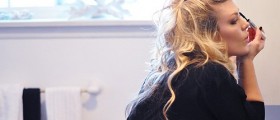
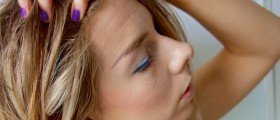

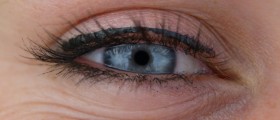


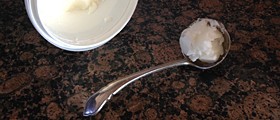

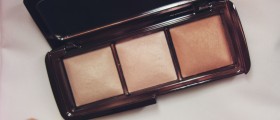


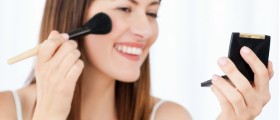

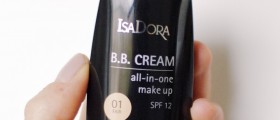





Your thoughts on this
Loading...